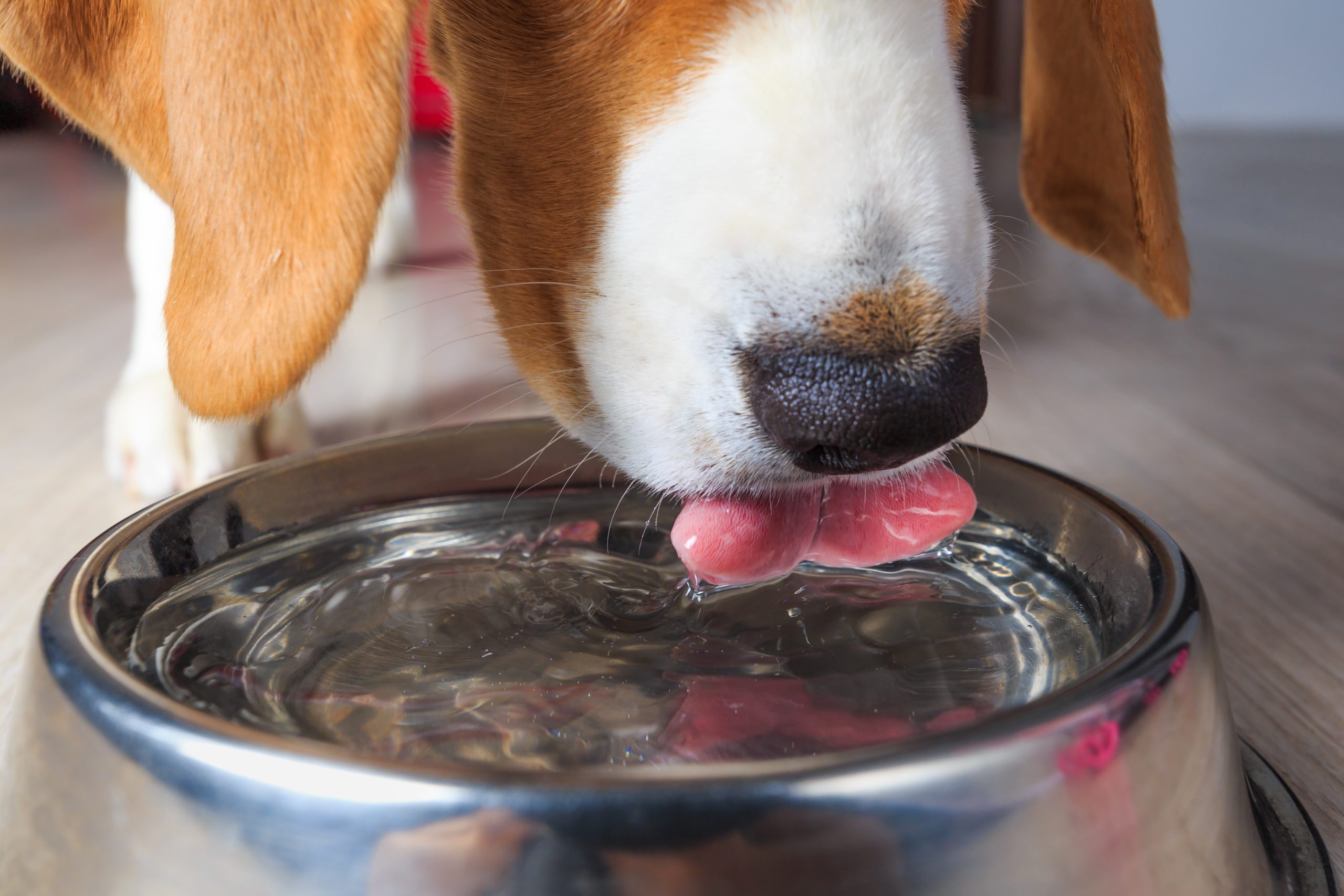Did you know that kidney disease is one of the most common organ dysfunctions in pets? More than one in three cats and 1 in 10 dogs will get kidney disease during their lifetime. Aging pets are more likely to develop kidney disease—in fact, more than half of cats older than 15 are affected. Worse, pets typically show no illness signs until their kidneys have permanently lost much of their function.
However, with early detection and intervention, we can support and preserve your pet’s kidney function, ideally granting them many more years with an excellent quality of life. Let’s explore the steps you can take to catch your four-legged friend’s kidney disease early.
What is chronic kidney disease in pets?
The kidneys play a vital role in filtering metabolic waste products and toxins from the blood, and also in maintaining the body’s proper electrolyte balance. When the kidneys can no longer function properly, waste products accumulate and electrolyte imbalances occur. The kidneys also assist in red blood cell production, so poorly functioning kidneys can lead to anemia.
Chronic kidney disease (CKD) is a progressive, irreversible condition where kidney function continues to decline. Age-related kidney dysfunction is a common CKD cause, as well as toxins, infections, kidney inflammation, kidney stones, Lyme disease, cancer, and various inherited conditions.
Why is early detection of chronic kidney disease important for pets?
Like all vital organs, the kidneys need to function properly for a long, healthy life. Detecting deficiencies early in the disease process allows timely intervention and appropriate management to slow CKD progression, and give your pet a better long-term prognosis.
Will I notice kidney disease in my pet at home?
Since the kidneys play a large role in waste metabolism and elimination, the most obvious CKD signs pertain to urination and appetite. Pets with kidney disease may show:
- Increased thirst and urination
- Decreased appetite
- Nausea
- Vomiting
- Diarrhea
- Weight loss
- Lethargy
- Poor coat quality
- Pale gums caused by anemia
- Sudden blindness caused by high blood pressure
Keep in mind that up to three-quarters of your pet’s kidney function can be damaged before illness becomes apparent, so waiting to see clinical CKD signs before seeking treatment means more difficult management and a poorer prognosis for your pet. The best way to monitor your pet’s kidney health is through regular veterinary exams and screening tests.
How is chronic kidney disease diagnosed in pets?
Regular wellness visits that consist of routine screening tests are critical for detecting CKD in its early stages. During your pet’s wellness visit, our veterinarian will perform a thorough physical exam to check for abnormally shaped kidneys, a rough hair coat, muscle mass loss, vision changes, or foul breath, which can indicate underlying kidney issues. We will also discuss any changes in your pet’s behavior or habits that you have noticed.
Routine blood work consisting of a complete blood count (CBC) and chemistry profile is an essential part of your pet’s wellness exam and necessary for diagnosing CKD. Blood work of a pet in later CKD stages will reveal anemia and increased levels of blood urea nitrogen (BUN) and creatinine (CRE), which are waste products eliminated by the kidneys. Blood work results in pets in early stage CKD may not change, because they can lose 75% of kidney function before regular blood tests detect the condition.
A urinalysis can also reveal important information about your pet’s kidney function. A urinalysis includes testing specific gravity to measure how well the kidneys concentrate urine, and the protein level, which shows how well the kidneys are eliminating waste products.
An additional test specific to kidney function, known as a symmetric dimethylarginine assay (SDMA), can detect kidney failure much sooner than standard blood tests. This new test is vital for diagnosing CKD as early as possible to begin treatment.
Why is SDMA testing so important for detecting chronic kidney disease in pets?
A standard blood chemistry profile reveals kidney dysfunction at a late stage, when 75% of function is lost, while an SDMA test reveals the problem when only 40% of kidney function has been lost. The traditional creatinine blood marker used to monitor renal function can also be affected by decreased muscle mass, dehydration, Addison’s disease, low blood pressure, muscle trauma, or inflammation, which makes an accurate diagnosis of CKD more challenging.
We have added SDMA testing to your pet’s wellness screening tests to detect kidney disease much sooner, which allows for a better prognosis and easier management.
How is chronic kidney disease managed in pets?

CKD is a progressive condition but can be successfully managed for a long period of time. Our veterinary team will regularly examine your pet and perform diagnostic testing to monitor their kidney function, and you can make multiple lifestyle changes that support kidney health. We may recommend a diet change that limits excessive protein and phosphorus, depending on your pet’s kidney disease stage, and likely will advise you to boost your pet’s water intake. This is crucial for pets with CKD, as proper hydration helps the kidneys flush out waste products.
By monitoring your pet’s kidney health and function at annual wellness visits, we can detect disease much earlier. Contact our Central Kentucky Veterinary Center team to schedule your pet’s regular screening tests and to discuss and possibly adjust their preventive care regimen.







Leave A Comment